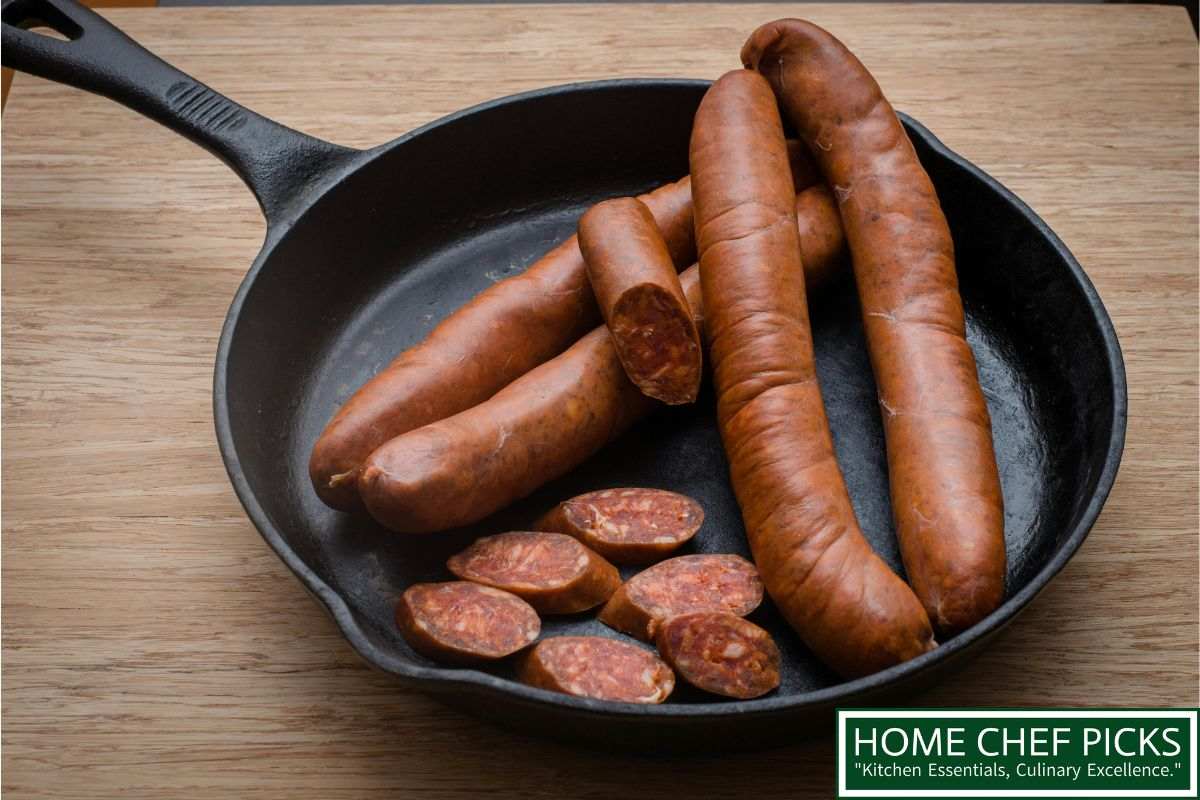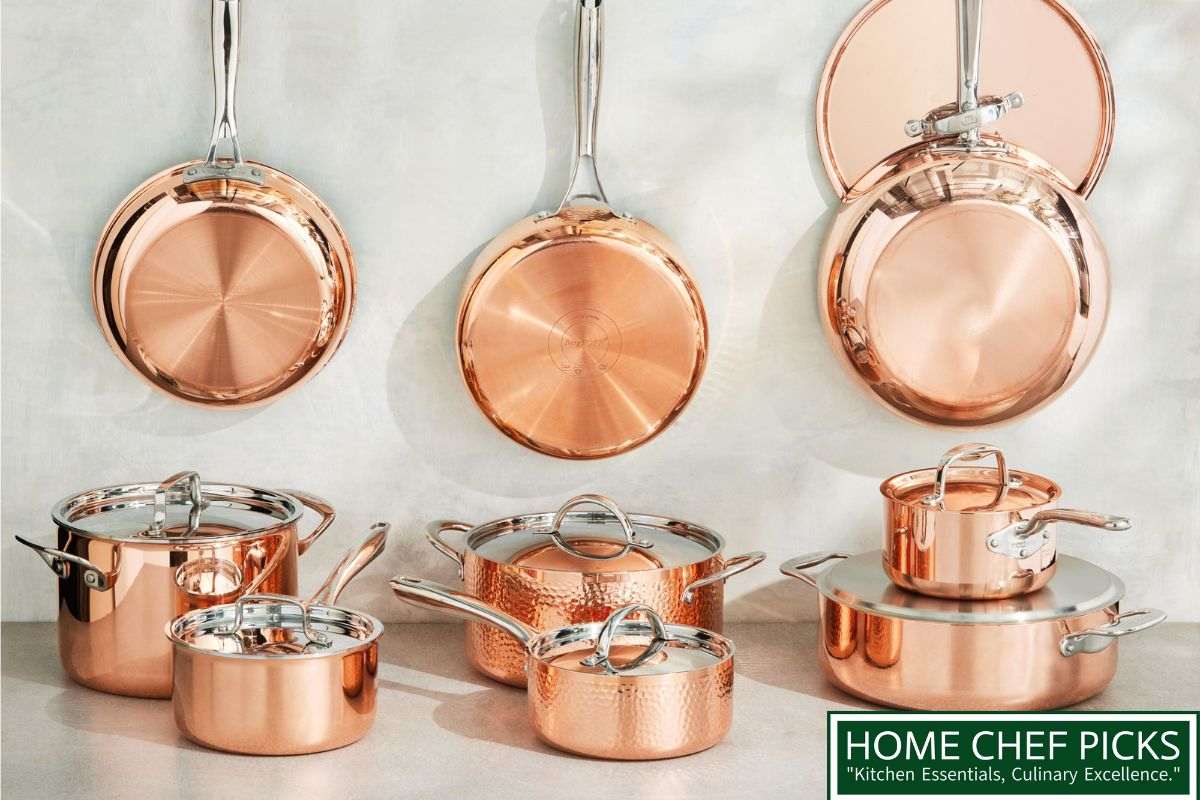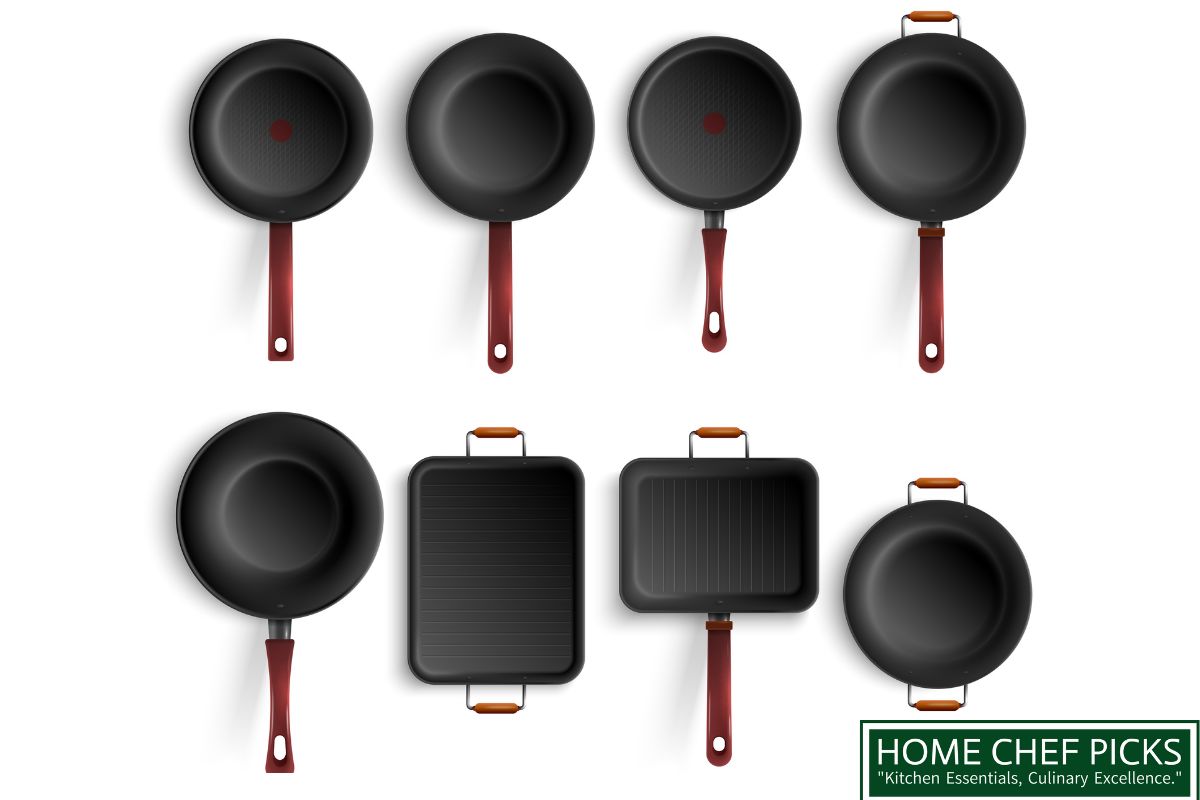Every kitchen needs cookware, but there are a lot of alternatives to choose from, so it can be challenging to choose the Best Material for Cookware . It might be confusing to sort through a maze of alternatives when selecting cookware. Every material has advantages and disadvantages of its own, such as stainless steel, cast iron, and non-stick. If you possess the appropriate expertise, however, you may choose the cookware that best suits your nutritional needs and cooking style. The material of your cookware not only affects cooking, but also durability, maintenance and even health..
Expert Reviews: Advice From Professional Chefs on Choosing The Best Material For Cookware.
In this comprehensive guide, we’ll explore the different materials used in cookware and help you make informed decisions about which material is best for your cooking needs.
Stainless Steel: Versatile Warrior
Stainless steel cookware is really strong and can last a long time without rusting. It’s made mostly of iron with some other metals added to make it even stronger. It doesn’t change the taste of your food and you can use it for lots of different types of cooking. Some stainless steel pans have another metal inside to help them heat up evenly.

Advantages:
- Sturdy and durable
- simple to maintain
- safe for the oven
- Supports many types of cooktops, including induction
- Indifferent to food
Cons:
- If not covered with other metals, it may cause hot spots.
- Food tends to stick readily, especially on fragile objects like eggs.
Ideal for:
Boiled pasta, simmering sauces, sautéing veggies, and searing meat.
Cast Iron: Heat Resistant Hero
Cast iron pots and pans have been used in kitchens for a long time because they can hold heat really well and cook food evenly. They are made by pouring melted iron into molds to make them strong and heavy. To keep them in good shape, you need to season them by putting oil on them and heating them up. If you take care of your cast iron cookware, it can last a long time and get even better as it gets older.

Advantages:
- Superior heat dispersion and absorption.
- virtually unbreakable
- Fairly priced
- Cast iron that has been seasoned acquires non-stick qualities.
Cons:
- Heavy and perhaps difficult to use
- rust-prone if not properly seasoned and cared for
- Not suitable for a dishwasher.
Ideal for:
Broiling, baking, slow braising, and searing meat
Non-Stick: Comfort Champion
Non-stick cookware has a special coating called Teflon or ceramic that stops food from getting stuck to the pan. It’s great for cooking things like eggs and pancakes without using too much oil. Some people worry that Teflon can release harmful fumes when it gets really hot, so ceramic-coated cookware might be a safer choice. But it might not last as long as Teflon-coated pans.

Advantages:
- Food slips off easily, simplifying cooking and cleanup.
- Excellent for novices or people who appreciate ease of use.
Cons:
- Over time, the non-stick coating may peel or scratch, especially when using metal utensils.
- Generally speaking, not oven-safe at high temps
- Maybe not the best at getting a sear
Ideal for:
Preparing delicate delicacies, fish, eggs, and waffles
Copper Cookware: Hot Master
Chefs love using copper pots and pans because they heat up fast and spread the heat evenly, making it easier to cook food just right. But copper cookware can be expensive and needs to be polished often to keep it looking shiny. Some copper pots have a different material inside to keep the copper from reacting with certain foods.

Positives:
- Superior heat conductivity for consistent cooking and accurate temperature regulation
- lovely and startling to the eye
- Usually lined in stainless steel for simpler upkeep
Drawbacks:
- Costly
- needs particular cleaning and maintenance.
- can react with meals high in acidity.
- Copper handles usually make them unsafe for the oven.
Ideal for:
Skillets (for professional chefs), sauté pans, and saucepans
Aluminum Cookware: Lightweight Champion
Aluminum pots and pans are light, not too expensive, and heat up quickly. They’re great for cooking things evenly and fast. But sometimes they can make food taste like metal. To stop this from happening, most aluminum cookware has a special coating on it. This coating makes the pots and pans tough, hard to scratch, and stops food from sticking to them. That’s why lots of people use aluminum cookware for cooking every day.

Positives:
- reasonably priced
- manageable and light in weight
- swiftly and evenly warms up
Drawbacks:
- can react with meals high in acidity.
- prone to hot spots if not covered in more metal
- Not as strong as certain other materials
Ideal for:
baking sheets (which are frequently covered in different materials), saucepans, and stockpots
In conclusion, when you’re picking out pots and pans for cooking, there isn’t just one type that’s best for everyone. Each material has its own good things and bad things, so you have to think about what you like to cook, how much you want to spend, and keeping things safe to eat. No matter if you choose Best Material for Cookware like stainless steel, cast iron, non-stick, copper, or aluminum cookware, taking good care of them will make sure they last a long time and help you make tasty meals easily.
Happy Cooking!

